Wednesday, February 6, 2019
Margie Taylor, queen of book reviewers, discusses The Forsyte Saga.
The Forsyte Saga: The Man of Property
If you’re old enough to remember it airing on PBS in 1969, the Masterpiece Theatre series is probably what comes to your mind when you think of The Forsyte Saga. That is, if you think of it at all, which is unlikely. John Galsworthy’s multi-generational chronicle of an upper middle-class family, similar to his own, is a bit of a chestnut these days. While many, like me, still read the Brontës, and Thomas Hardy continues to resonate, Galsworthy, who was awarded the Nobel Prize in Literature in 1932, has been relegated to the dusty back shelves of used book stores and thrift shops.
Well, time moves on. The England he was writing about, the England of the late Victorian period, leading up to the First World War, was deeply stratified . . . class conscious and diverse only in dialect. Divorce was fodder for scandal, and to have predecessors who made their money from “trade” mattered enough to be a source of embarrassment, even shame.
Well, time moves on. The England he was writing about, the England of the late Victorian period, leading up to the First World War, was deeply stratified . . . class conscious and diverse only in dialect. Divorce was fodder for scandal, and to have predecessors who made their money from “trade” mattered enough to be a source of embarrassment, even shame.
Even when the BBC first dramatized it 50 years ago the main appeal of the series, besides the fact that it was very well done, was nostalgia. Like modern-day Brexiters who long for a return to “this other Eden, demi-paradise”, viewers embraced the “leisurely evocations of a vanished world”, as one reviewer has put it.* England shut down on Sunday nights: worshippers stayed home from church so as not to miss an episode; pubs closed early; streets were deserted. In all, when the program was broadcast worldwide, 100,000,000 viewers in 26 countries watched The Forsyte Saga, most of whom never read the books.
But Galsworthy was not a complacent, jingoistic Englander. On the contrary, he was a skilled and perceptive satirist who wrote about these smug, “purse-proud” characters as only a true insider can. And he was a feminist. The Man of Property, the first novel in the saga and arguably the best, has been compared to A Doll’s House and there are certainly similarities between Irene Forsyte, Galsworthy’s beautiful, unhappy heroine, and Ibsen’s Nora Helmer. Nora, however, gets away in the end – Irene does not.
The “man of property” in this novel is Soames Forsyte, a grim, humorless lawyer whose most valuable property, in his own mind and that of his peers, is his wife. Irene is an acknowledged beauty who initially refuses his proposals many times before suddenly, in a moment of weakness, agreeing to marry him. She makes him promise, though, that if ever she wants to leave the relationship, he will let her go. In marrying her, Soames, for once, follows his heart rather than his head as Irene has very little money of her own. For her part, Irene is physically repelled by Soames and grows increasing unhappy and restless in his company.
Irene has befriended young June Forsyte, who is engaged to Philip Bosinney, a talented but penniless architect. June is the granddaughter of the family patriarch, old Jolyon, and has lived with him since she was three, when her parents separated, creating a scandal that still reverberates all these years later. Her father, young Jolyon, ran off with the family’s governess and later married her after June’s mother died. Because of this, old Jolyon hasn’t spoken with his son for fourteen years.
But he has a weak spot for his granddaughter; he loves her very much and finds himself unable to say “no” to her, which is why he’s agreed to the engagement with Bosinney. All goes as planned until Soames hires Bosinney to build him a house – a stately country home befitting his status as a wealthy, up-and-coming man of property. This throws Bosinney and Irene together; they fall in love and Irene asks Soames to release her from the marriage, as he promised. He refuses – she is, after all, his property. Instead he makes arrangements to move her into the new house, once it’s completed, and get her out of London and away from all the “influences” that are making her unhappy.
As Galsworthy writes it, the Forsytes are more than a family. They are representatives of an entire class of property-owners and, as young Jolyon explains to Bosinney, there are hundreds of them on the streets of London; you meet them wherever you go:
“‘And how do you tell them, may I ask?’ said Bosinney.
‘By their sense of property. A Forsyte takes a practical – one might say a common-sense – view of things, and a practical view of things is based fundamentally on a sense of property. …what I call a “Forsyte” is a man that is decidedly more than less a slave of property. He knows a good thing, he knows a safe thing, and his grip on property – it doesn’t matter whether it be wives, horses, money, or reputation – is his hall-mark.'”
Soames is so sure of his sense of property that he determines to restore marital relations with his wife whether she wants to or not. In a horrifying climax to the story, he rapes her, leaving her devastated and destroyed. The reader is meant to be shocked, as was Galsworthy, who did not ascribe to the almost universal belief that a man could not be declared criminal for having nonconsensual sex with his wife. (It would be another hundred years before a landmark court judgement put that notion to rest, in England, anyway.)
In the meantime, a dispute has arisen between Soames and Bosinney over the cost of decorating the finished house. Soames decides to sue the architect, knowing if he wins it will force him into bankruptcy. June, who still loves Bosinney in spite of his defection to Irene, approaches her grandfather, and begs him to buy the house and relieve Bosinney of his debt. Old Jolyon agrees to consider it, knowing he’ll comply with her wishes because, as we know, he can’t refuse her anything. The day of the court case, Irene, who has left Soames, meets with Bosinney and tells him that her husband forced herself on her. Greatly upset, Bosinney goes wandering through the night fog and is accidentally run over and killed. The suspicion arises that it may have been a suicide. Irene returns to Soames, having nowhere else to go.
One final note: John Galsworthy, whose career spanned the first third of the 20th Century, was a popular and prolific writer. In 1929 the readers of The Manchester Guardian were asked to name the authors they believed would still be widely read in 2029: Galsworthy led the list.
Sic transit Gloria mundi.
Subscribe to:
Post Comments (Atom)



















































































































































































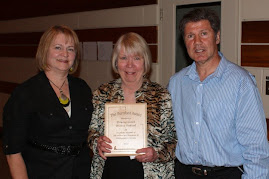
































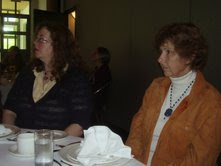



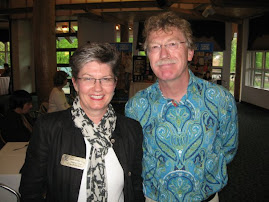


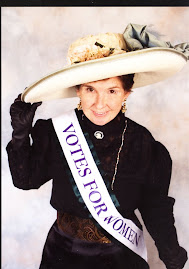





















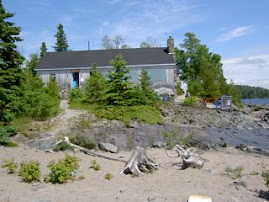







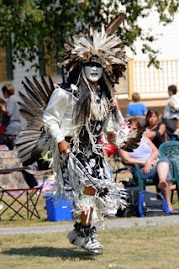














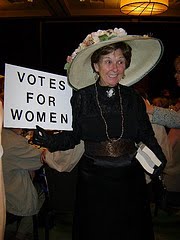


No comments:
Post a Comment